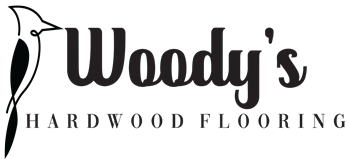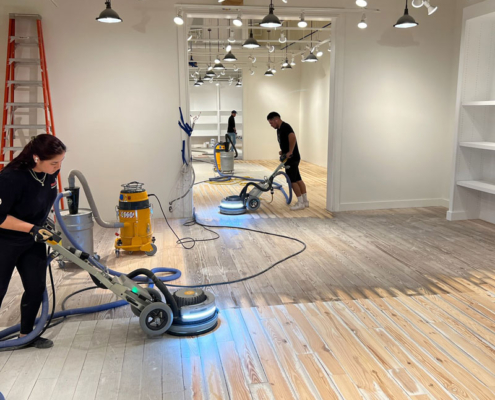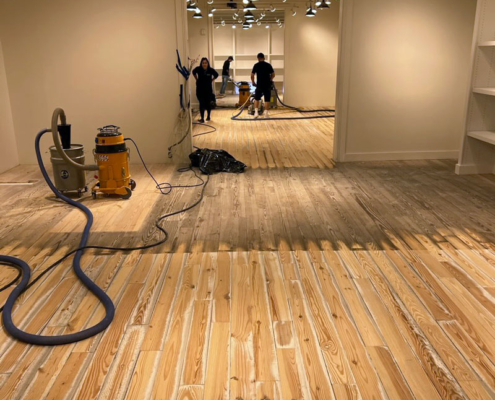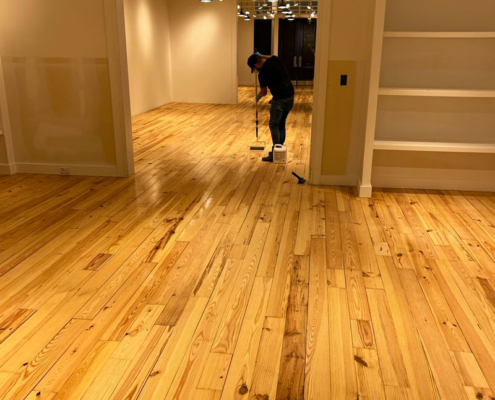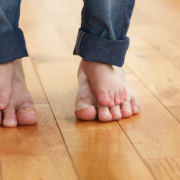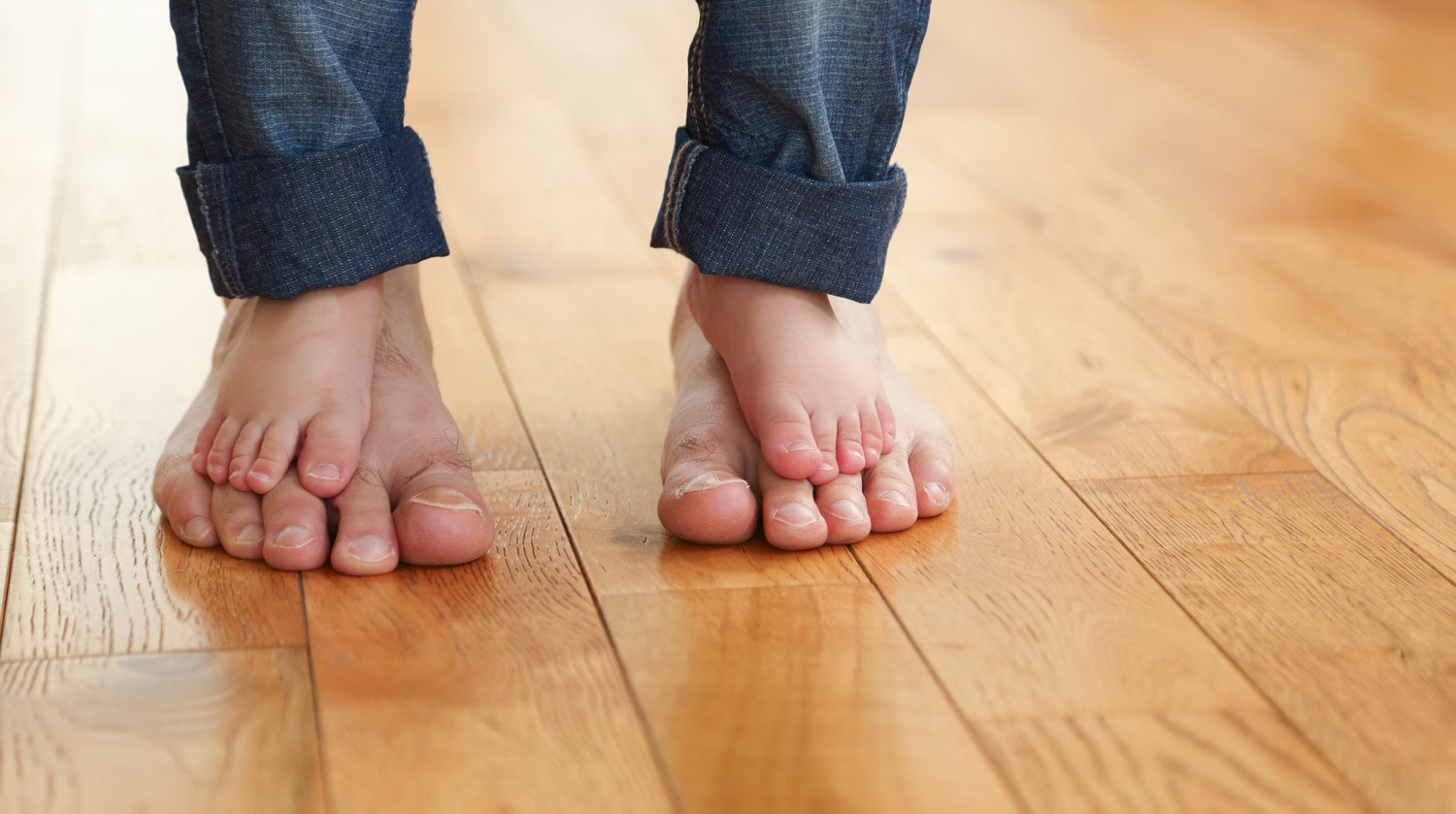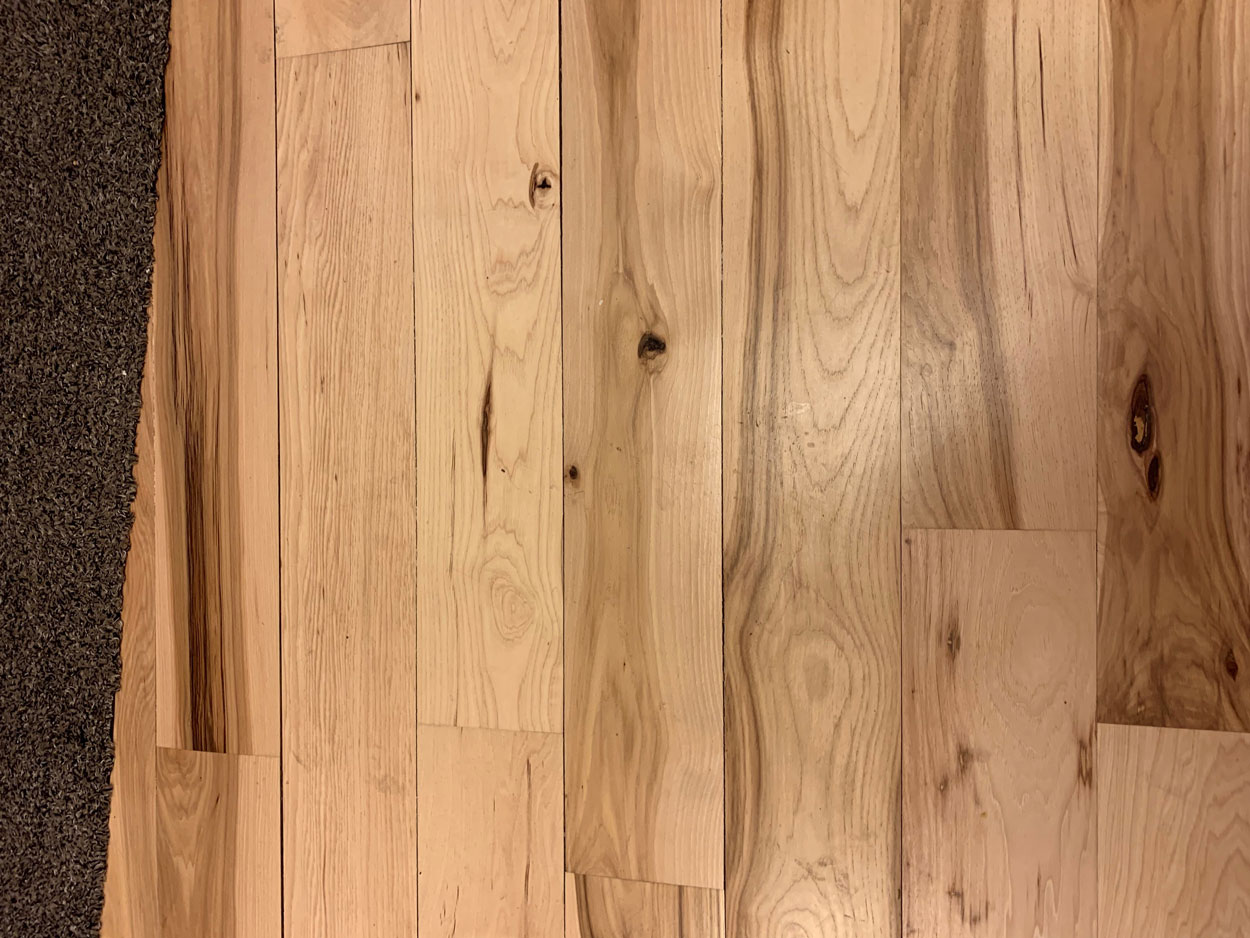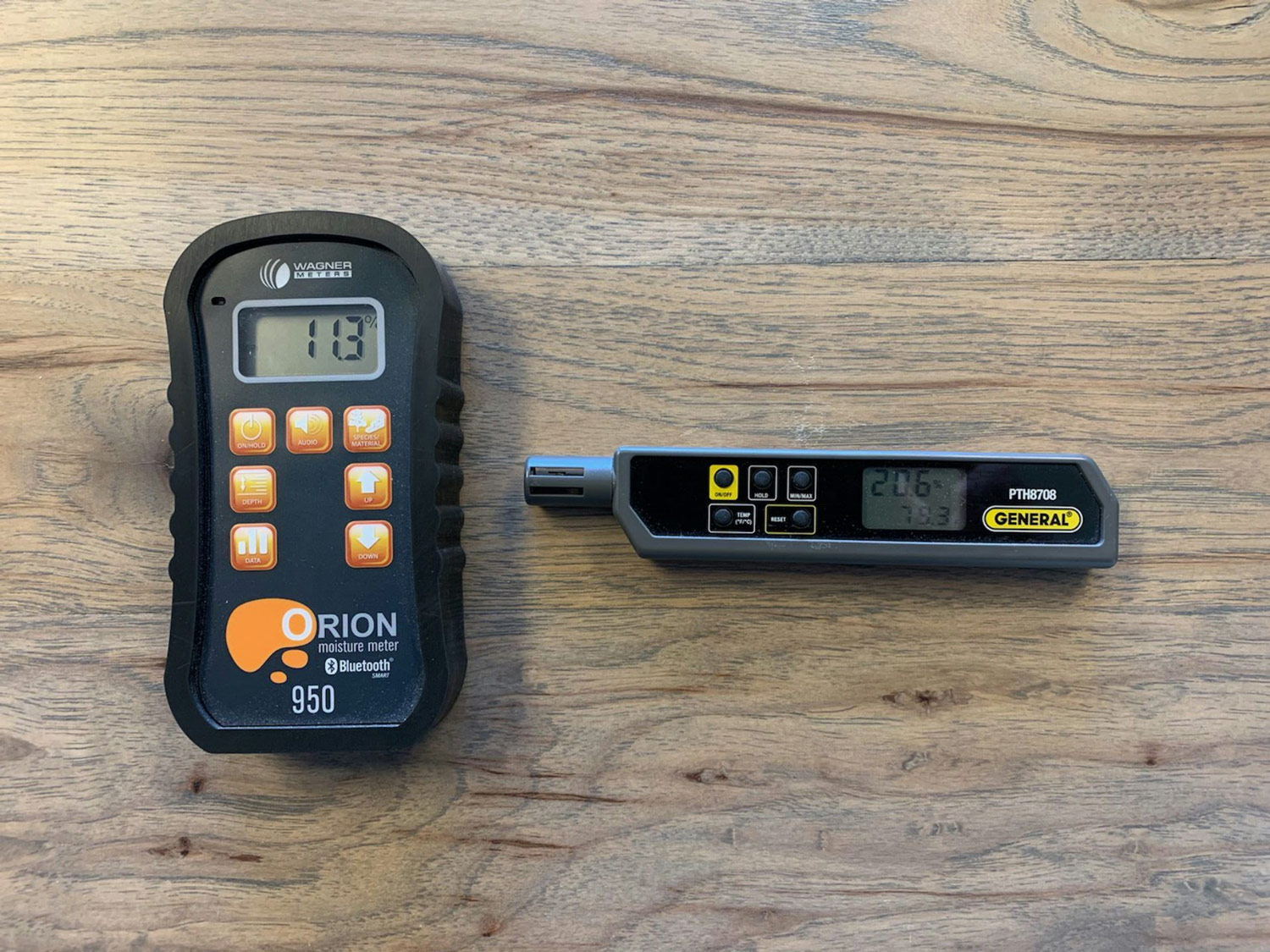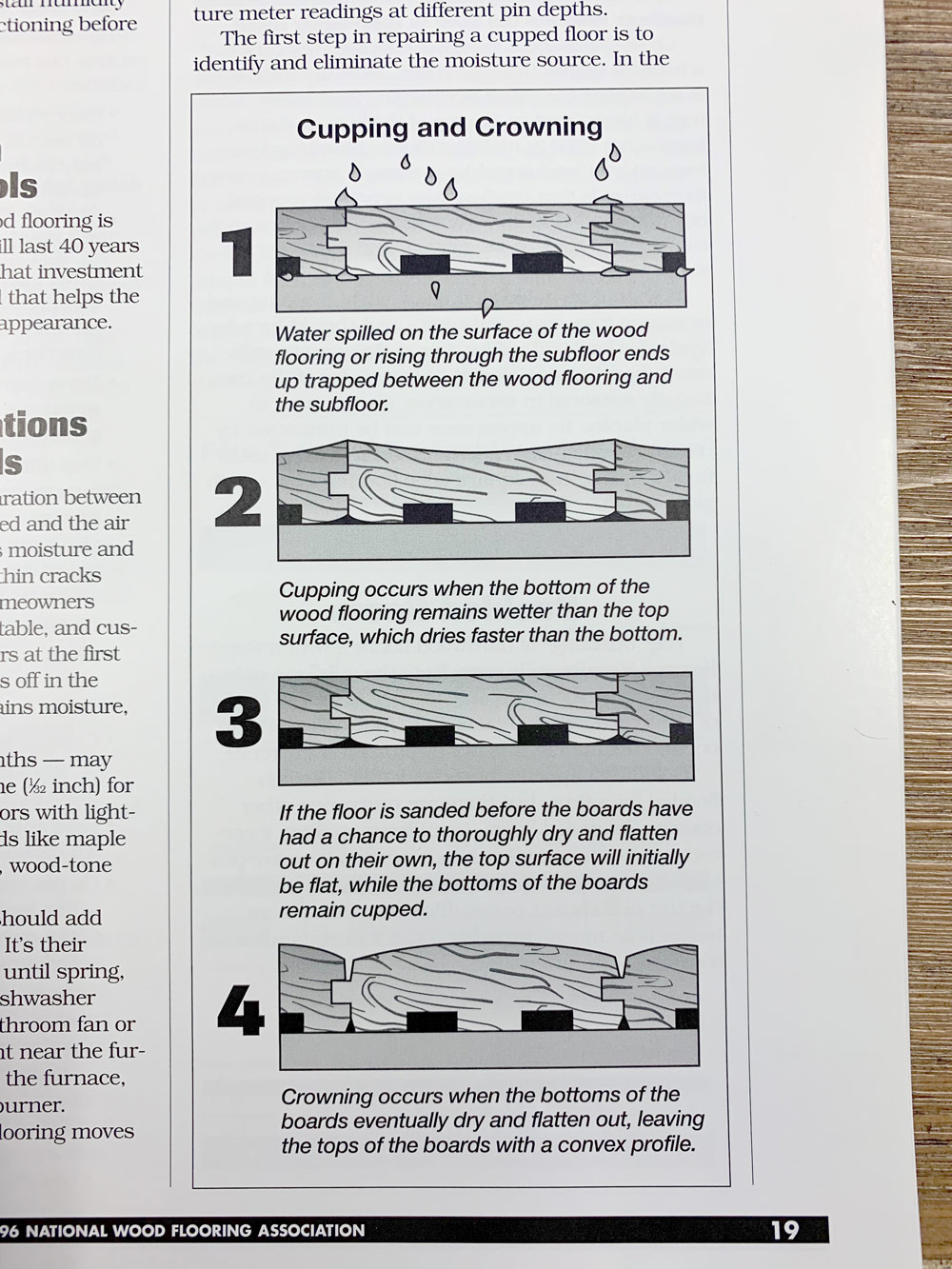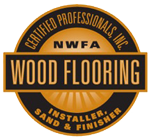Dust-Free Sanding: The Secret of Hardwood Floor Refinishing in Utah
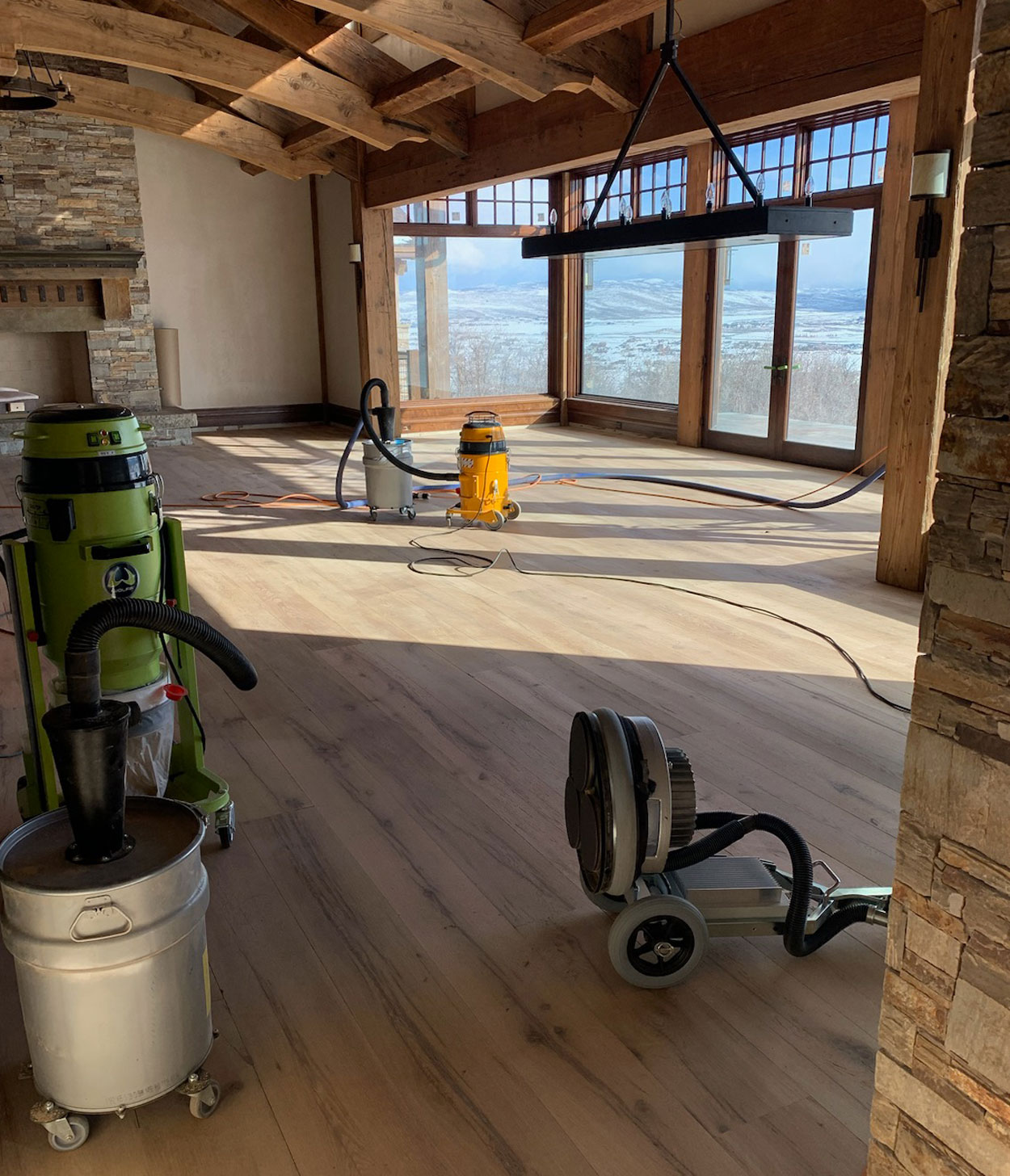
Say goodbye to cluttered workspaces during hardwood floor refinishing with dust-free sanding! By using advanced technology that minimizes the amount of dust released during the process, you’ll be able to breathe easier while enjoying immaculately finished floors every time. Trust us at Woody’s Hardwood Flooring located near Salt Lake City, Utah – we provide superior consultation and application processes for all your flooring needs. To ensure that the hardwood floors in your home or business are refinished without any mess or health hazards, Woody’s Hardwood Flooring has developed a proven method called dust-free sanding.
What is Dust-Free Floor Sanding?
Unlike traditional sanding methods, this technique uses advanced equipment, including high powered, industrial vacuum trucks and specialized techniques to collect dust as soon as it is created. This results in clean, healthy air quality while leaving behind beautifully polished floors. Sick of dealing with all the dust when you refinish your hardwood floors? Look no further than Dust-Free Floor Sanding.
The History of Floor Sanding
This revolutionary process uses specialized equipment designed to suck up all potential debris from sanding, leaving your space free from harmful particles or residue. The result? A perfectly smooth and polished finish without all the messy cleanup you’re used to. The history of floor sanding is a long one, dating back centuries. In ancient times, people would use stones or shells to smooth out their flooring surfaces manually.
As society progressed, so did technology. By the late 1800s, sanding machines were invented to lessen the workload for home and business owners alike. And even though electric-powered tools were introduced in the following years (*1930’s*), they still generated copious amounts of dust – an unproductive side effect.
When it comes to hardwood floor refinishing, one common complaint has always been about the amount of dust generated during sanding. But did you know that there are now ways to minimize or even eliminate this problem? Enter: dust-free floor sanding techniques that use specialized equipment and methods to significantly reduce airborne particles. What if we told you it’s possible to update your floors without exposing yourself or others around you dangerous levels of harmful sawdust?
The Difference Between “Dustless Sanding” and “Dust-Free Sanding” of Hardwood Floors
Hardwood floor refinishing is known for creating an enormous amount of dust – enough to make most people hesitant about scheduling it in their homes. Traditional methods of “dustless” sanding use vacuums and filters to reduce particles left behind from wood removal, while still producing some level of airborne dirt in your space after completion.
The difference between traditional methods and true dust-free technologies is massive: well-maintained equipment designed to capture all debris results in little-to-no excess surface waste for every wood type. When it comes time to choose a floor sander, don’t forget to inquire about their sanding equipment. One of the most important questions to ask is whether they use dust-free options – if so, this ensures a healthy environment during and after the procedure. By selecting a team with top-quality tools and materials, you’re making an investment in yourself and keeping everyone around safer from unnecessary harm.
By opting for dust-free services utilizing specialized machinery capable of keeping airborne particles under control while completing necessary work on your flooring surfaces- there’s no need for anyone involved in renovations become exposed unknowingly!
Ask us today how we can partner together towards achieving beautiful new floors in addition total safety assurances all-around. The decision to install hardwood flooring can be daunting because of the many types of hardwood available on the market today. Fortunately, several choices have stood the test of time due to their superior quality and longevity.
Top Types of Hardwood Used for Flooring
For instance, oak boasts immense durability and can resist wear and tear better than other options. Similarly, cherry looks elegant while also being strong enough for everyday use. Ultimately, select what appeals most to you as each kind possesses distinct characteristics tailored for different styles.
Selecting the right hardwood flooring for your space is key when considering design aesthetics and durability. Each variety has its own distinct characteristics such as color or grain pattern that requires careful consideration before deciding on a type.
Additionally, budget constraints can affect which option would work best for you. The level of foot traffic in your area also plays a critical role in making sure the floors remain polished; to aid this endeavors, dust-free sanding techniques using specialized equipment are available – here a high-powered sander equipped with an efficient dust collection system achieves just that.
Environmentally Friendly – Inside & Out
When performing any kind of sanding task on wood surfaces, preventing dust creation is key to preserving a clean and safe work environment. One promising way to accomplish this is through implementing an efficient dust collection system designed to capture airborne particles before they escape into the surrounding area.
Additionally, using advanced sanding tools with specialized capabilities like high-speed or random orbit movement can significantly reduce dust production while also ensuring optimal results.
Lastly, choosing water-based finishes instead of traditional ones also helps mitigate potential health hazards associated with airborne contaminants.
When is Dust-Free Floor Sanding Recommended?
Sanding hardwood floors is critical to maintaining their beauty and longevity. However, traditional sanding techniques often create more problems than they solve with excessive dust production causing health risks to workers and individuals in the area. Dust-free floor sanding removes this barrier by minimizing airborne particles while maximizing efficiency and safety.
This technique is particularly useful when working in areas where individuals with respiratory issues or allergies are present. Say goodbye to messy traditional sanding methods when making a floor addition or repairing your flooring!
Dust-free sanding is an excellent alternative that minimizes mess and hassle for homeowners. During the process, a thin layer of the existing finish is expertly removed to make space for your new addition or repair. By utilizing this technique, you can almost guarantee that it will adhere correctly to your current flooring surface without any issues.
Dust-Free Sanding Resources in the United States
Looking to invest in achieving immaculate hardwood flooring? Consider opting for dust-free sanding which according to Bona is one of the “healthiest, cleanest and most efficient ways” when preparing floors. Want further information about succeeding at this task? Check out Bona.com, an online resource where you’ll find all of the necessary tools and products required.
By choosing dust-free sanding not only will you create fresher air, but its proven efficiency in leaving behind no mess ensures less time spent cleaning up after.
Are you tired of dealing with the aftermath of messy wood floor refinishing jobs?
You’ll love Woody’s Hardwood Flooring’s innovative dust-free sanding system! By eliminating the need for cleanup after technicians perform cleaning or maintenance services on your floors it provides convenience without sacrifices on quality or results.
The NWFA supports this approach as well because it also reduces exposure to harmful airborne particles during refinishing projects.
Whether you live or operate a business in Sandy, Lehi, Taylorsville, Murray, Draper, Herriman, Cedar City near Salt Lake City, UT, we welcome you to enjoy all these amazing perks firsthand. Say goodbye to hazardous particles and hello to pristine floors with dust-free sanding!
You won’t regret opting for this method when either installing new or fixing existing hardwood flooring because it significantly minimizes mess and maximizes productivity. The importance of maintaining a clean working space should never be underestimated since it helps prolong the beauty of one’s flooring too.
Luckily, online platforms such as Bona.com and the National Wood Flooring Association exist side by side with top-quality Utah flooring professionals that can walk you through everything.
Call our team of hardwood flooring experts to discuss your project today!
